1701 Franciacorta Brut Intense DOCG
Profile
-
Fruit
-
Body
-
Dryness
-
Freshness
-
Alcohol
Variety
Flavours
-

-

-

-

Glass

Serving Temperature

Food pairing
-

-

-

Maturity
Drink nowYou may like these...
More about this product
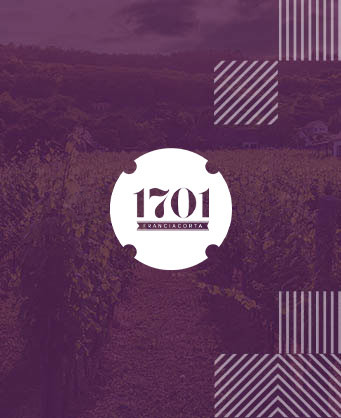
1701 Franciacorta
Franciacorta, is an area in the heart of Lombardy, one hour from Milan and bordering Lake Iseo. Approximately 200 square kilometers include 19 municipalities in the province of Brescia. The low hills, surrounded west of the Oglio River and northeast of the Alps, owe their ancient origins to receding glaciers that form a natural amphitheater. The name 1701 was chosen to mark the year of the first vinification of a 4-hectare vineyard, surrounded by walls, from the 11th century, which is still within the mansion. 1701 Franciacorta is the first and only certified biodynamic producer in the region. The vineyards with Chardonnay and Pinot Noir are used to make Franciacorta Brut, Satèn. Rosé and Vintage Dosaggio Zero, in exceptional years. The range also includes Sullerba, a sparkling Chardonnay aged on fine lees. The wines are tender and creamy, with remarkable freshness and creaminess. Franciacorta is the name of the region, the style of the wines and the method of producing. For sparkling wines, it can only be compared with Champagne - the region and the appelation.
All wines of the same producer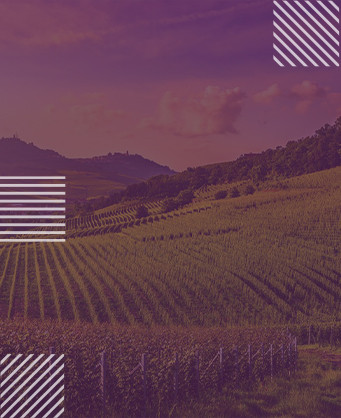
Lombardy
Ломбардия е много голям регион (около 24 000 квадратни километра), така че има области с много различни характеристики както по отношение на климата, така и на почвите. Той варира от категорично планински райони, като например Valtellina, до равнинни или частично хълмисти райони, като Oltrepò Pavese, а има и райони с много специален микроклимат, като тези около езерото Гарда. Около половината от площта на региона е равнинна, а други 40 % са планински. Малко повече от 10 % от площта е хълмиста и следователно подходяща за отглеждане на качествени вина. Всичко това означава, че от гледна точка на лозарството отглеждането и производството се различават в зависимост от разглеждания район. Общата площ на лозята в Ломбардия е 29 000 хектара, от които 41% в планините, 12% в хълмовете и 47% в равнините. Наименования за произход на вино в Ломбардия са: 5 DOCG, 23 DOC, 15 IGT. Сортовете грозде, отглеждани в Ломбардия, следват териториалния характер на този обширен регион. Във Валтелина основният сорт грозде е Небиоло, наричан тук Киавеннаска. Други местни сортове грозде са Пиньола, Росола и Бруньола, все червени сортове, които рядко се винифицират самостоятелно и са част от купажа на класическите вина от Valtellina. В Oltrepò Pavese най-разпространеният сорт грозде е Барбера, следван от Кроатина, Бонарда и Ува Рара. Пино ноар заслужава специално внимание, докато белите сортове грозде, отглеждани тук, са Ризлинг Италико, Москато и Малвазия. Franciacorta, в района на езерото Изео, е известна с отглеждането на грозде Пино неро, Пино бианко и Шардоне. В районите на езерото Гарда и Colli Mantovani се отглежда грозде Гропело, Барбера, Мардземино и Санджовезе.
More wines of this region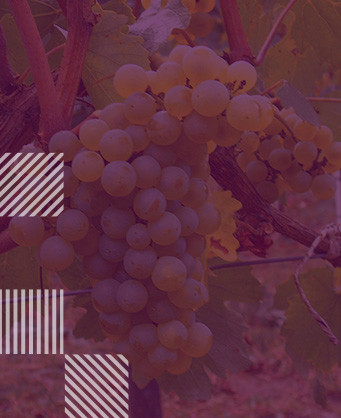
Chardonnay
Chardonnay is the world's most famous white-wine grape and also one of the most widely planted. Of course, the most highly regarded expressions of the variety are those from Burgundy and California, but many high-quality examples are made in Italy, Australia, New Zealand and parts of South America. Describing the flavours of Chardonnay is not easy. This is not thanks to the complexity of the varietal itself but usually due its susceptibility to winemaking techniques - such as Malolactic fermentation which gives distinctive buttery aromas or Fermentation or maturation in oak barrels which contributes to the wine with smokey notes of vanilla, honey and even cinnamon, and not last the lees contact while in barrel imparts biscuity, doughy flavours. And all these incorporated with the varietal aromas of tropical (banana, pineapple and guava) to stone fruits (peach, nectarine and apricot), sometimes even citrus and apple notes. Climate plays a major role in dictating which fruit flavours a Chardonnay will have - warm regions (California, Australia ) make more tropical styles; temperate zones (southern Burgundy, New Zealand) - stone fruit notes, while the very coolest (Chablis, Champagne) lean towards green-apple aromas.
More wines of the same variety
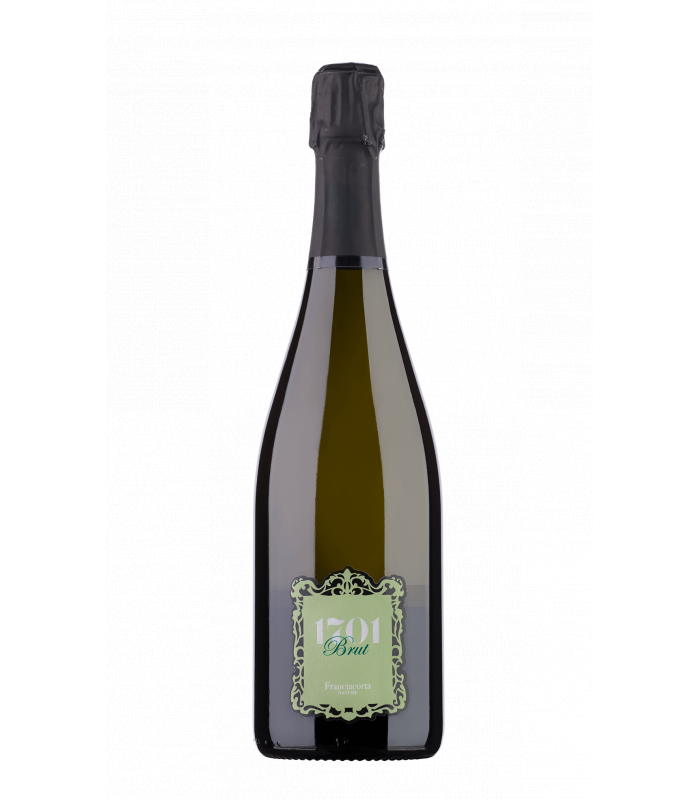


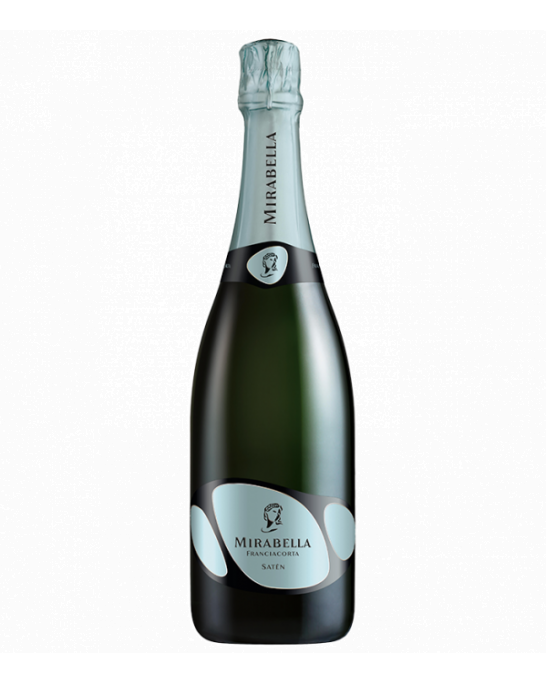
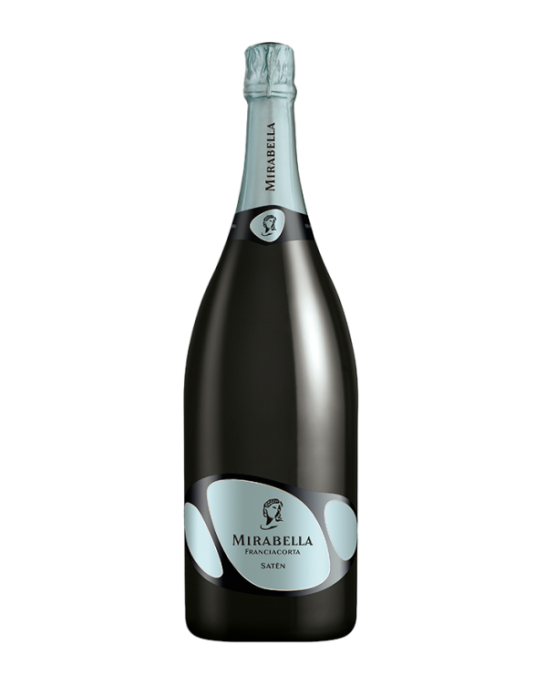
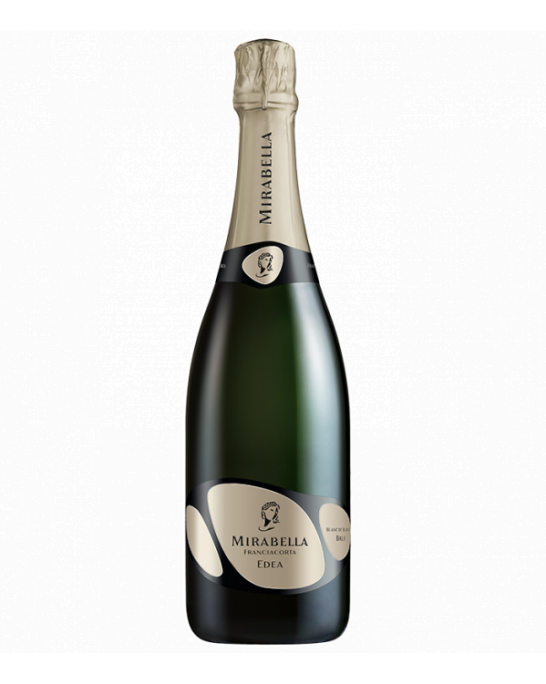
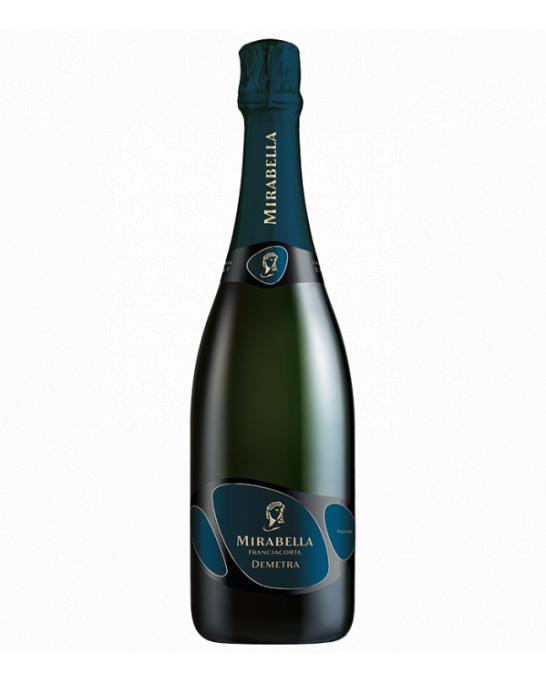
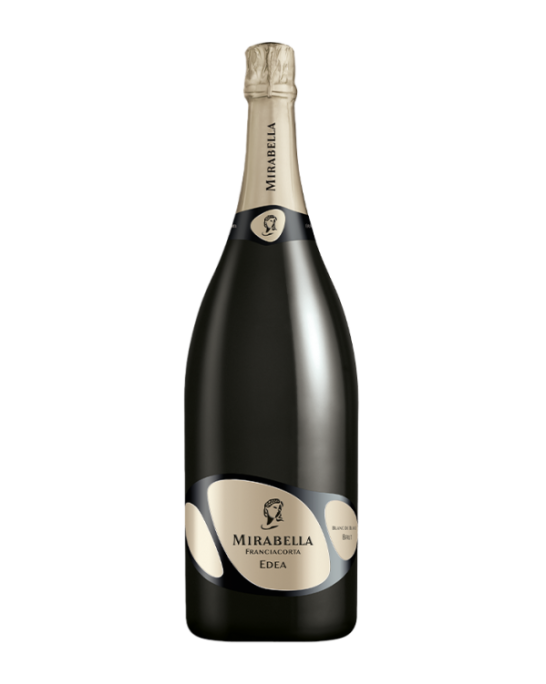
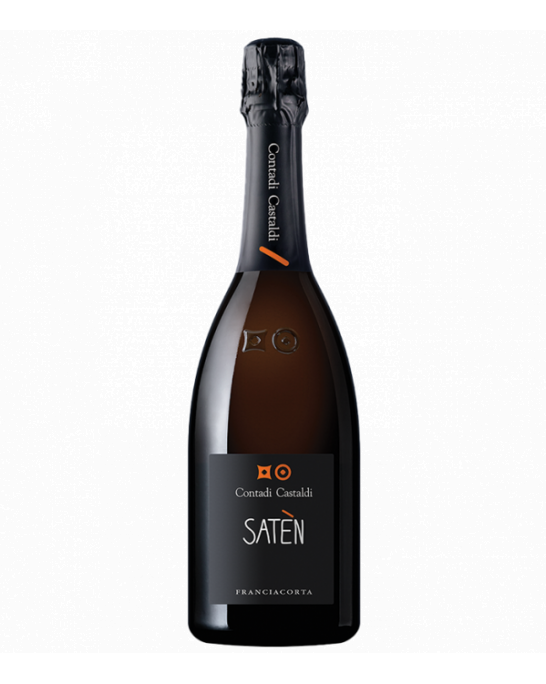
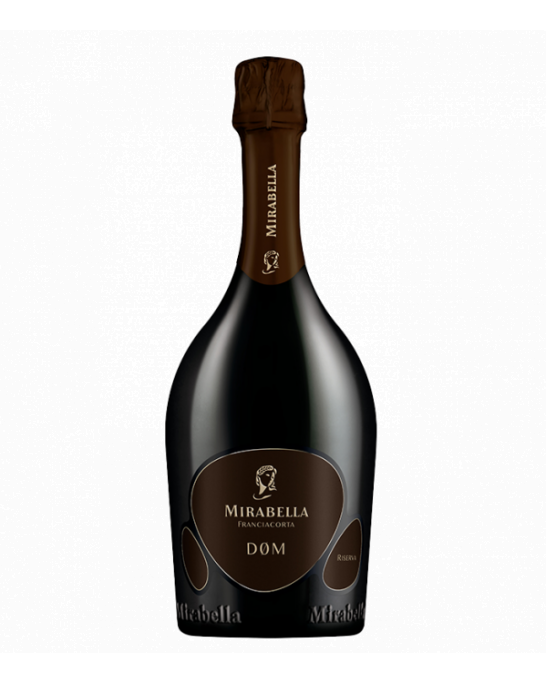
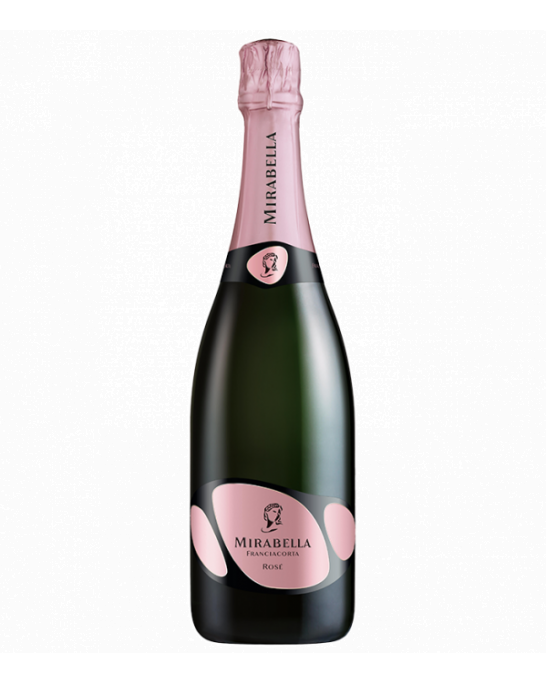
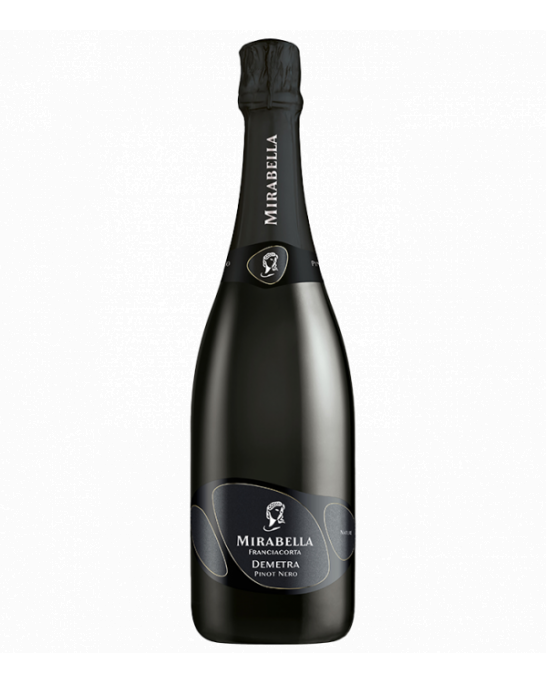
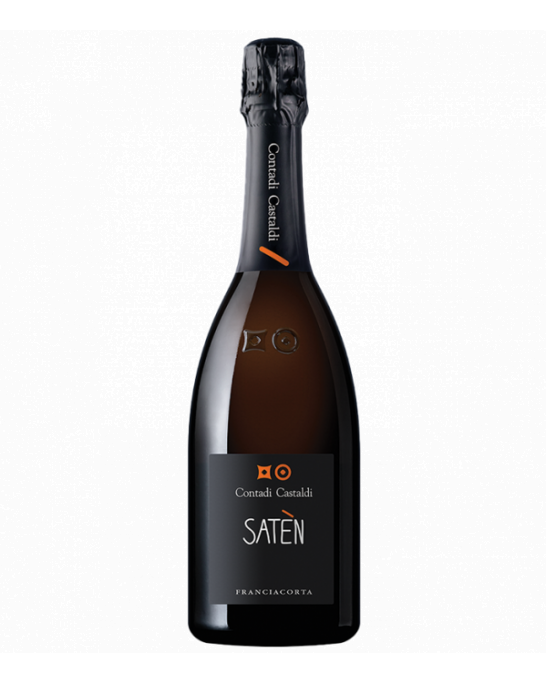
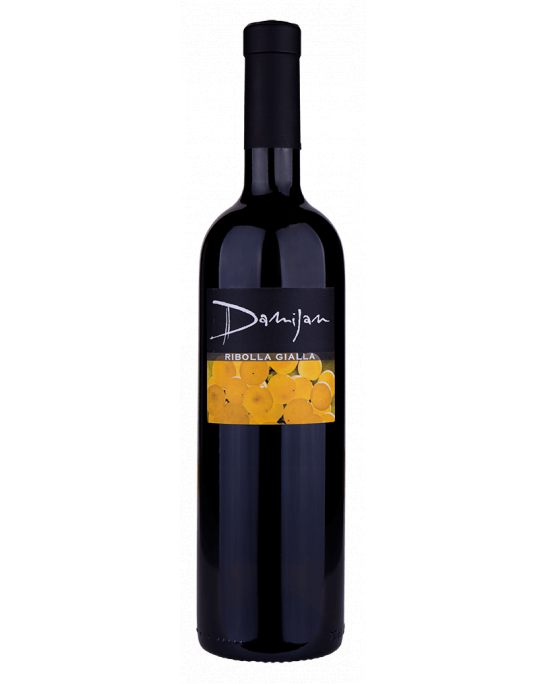
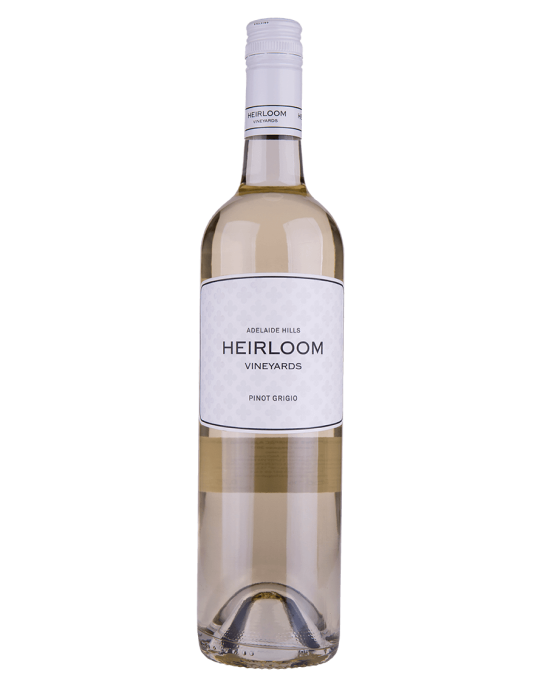
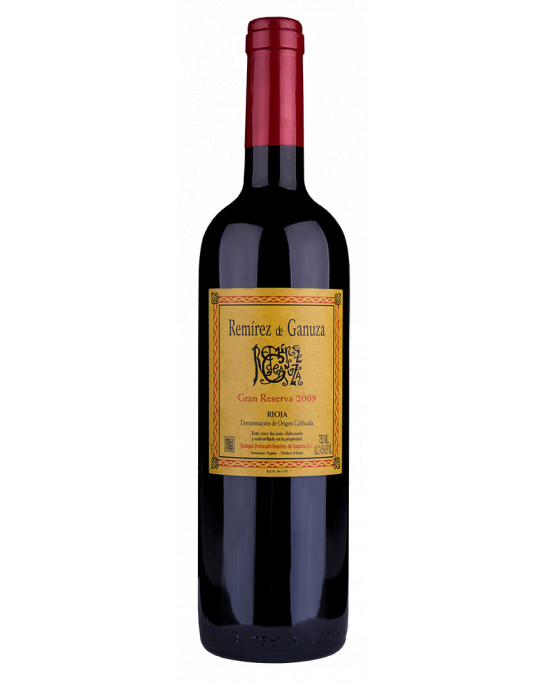
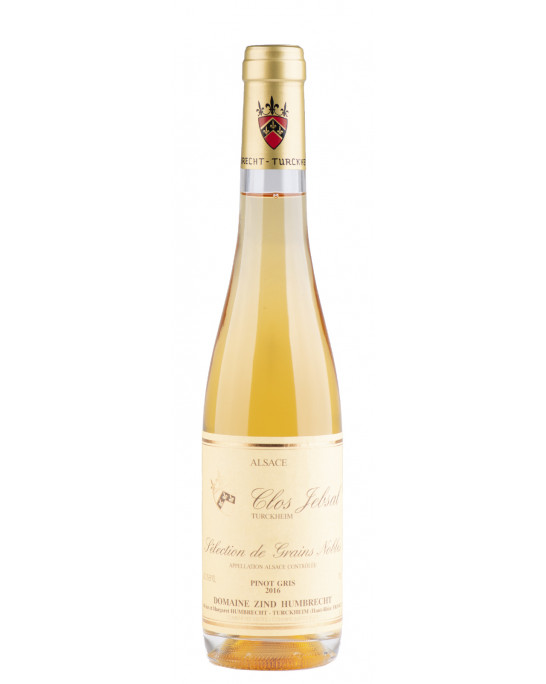
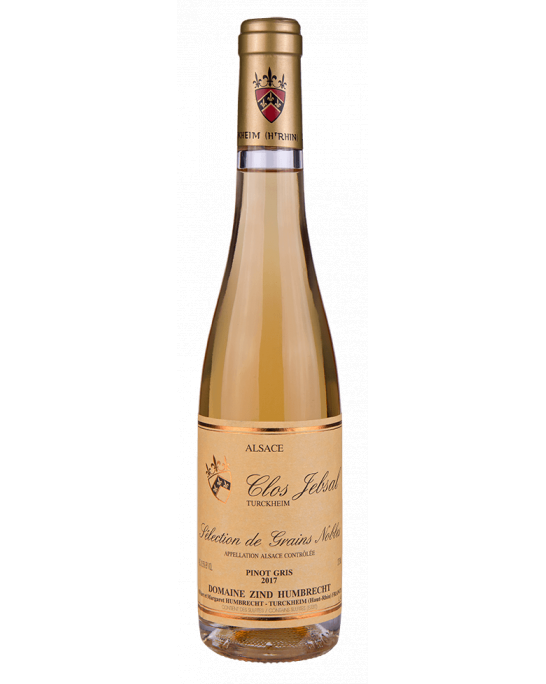
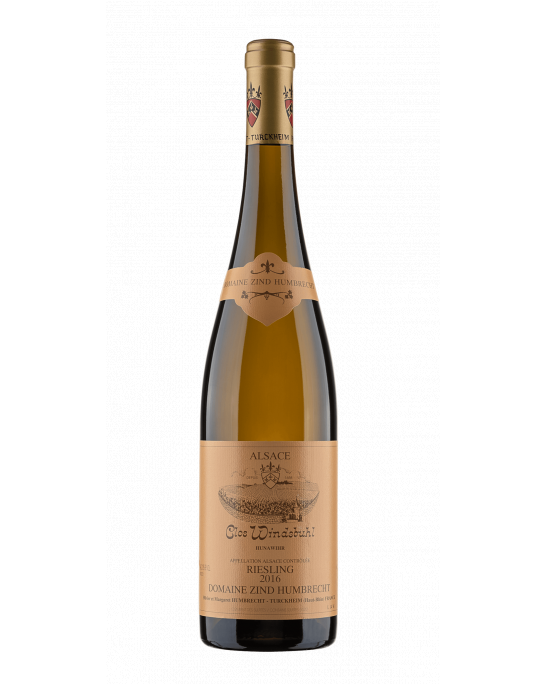
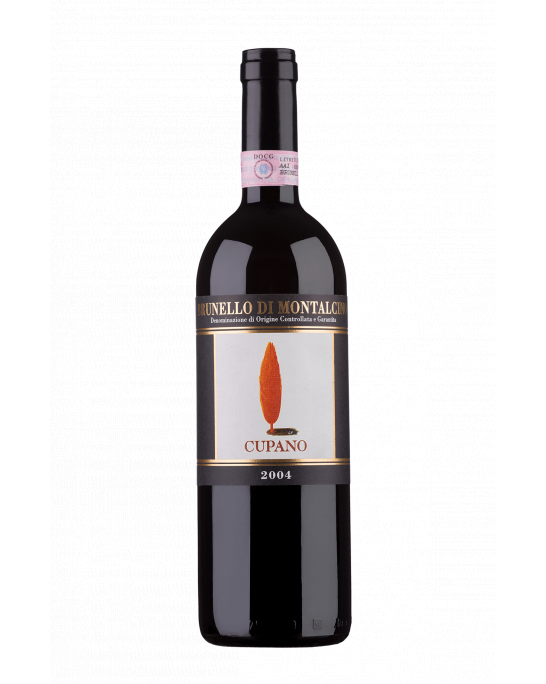
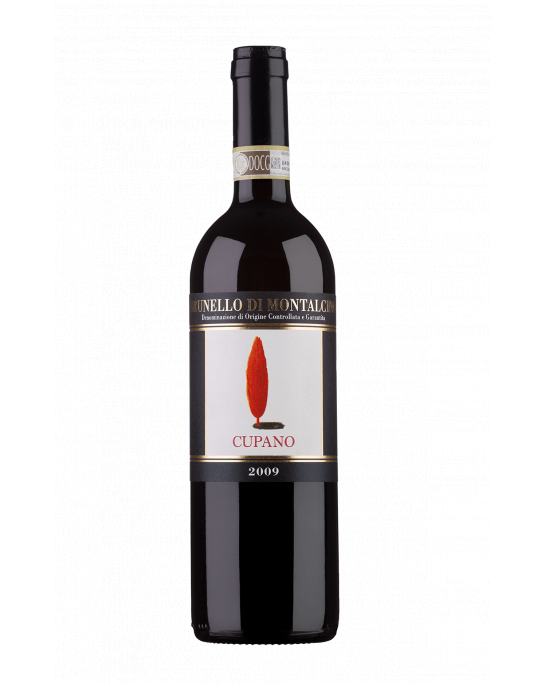
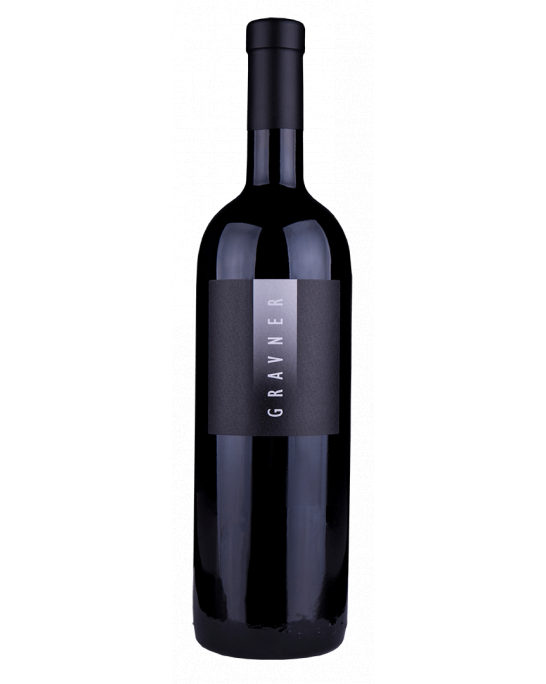
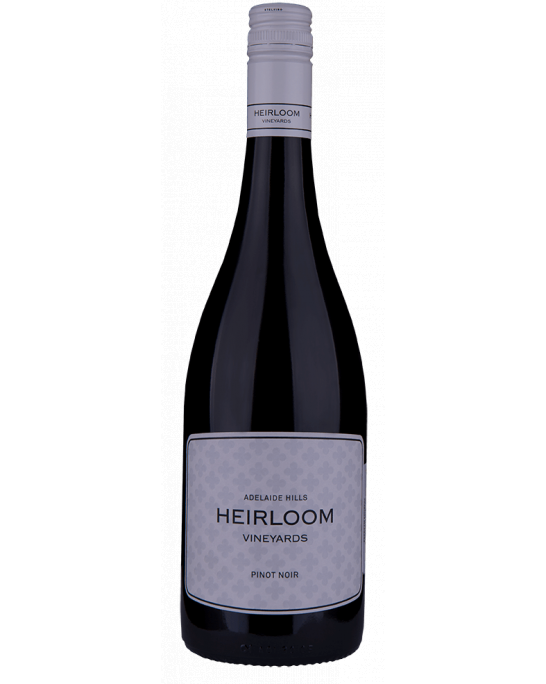
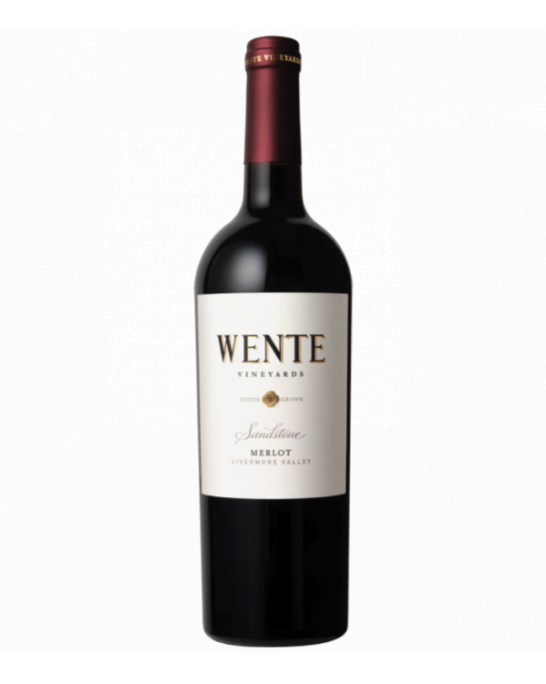
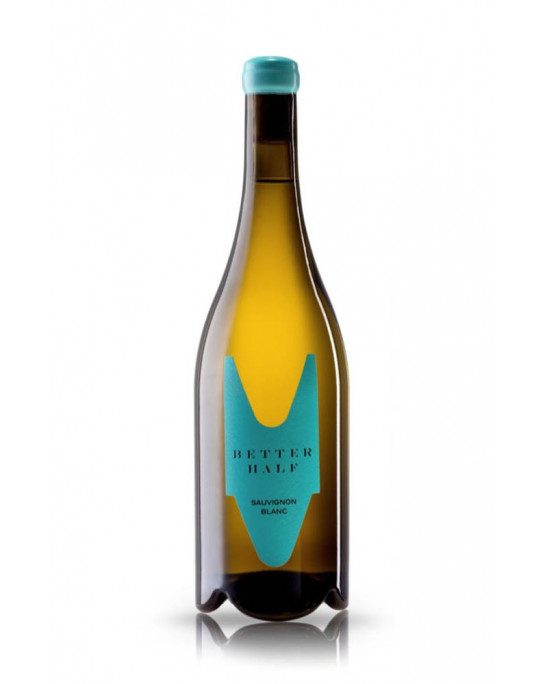
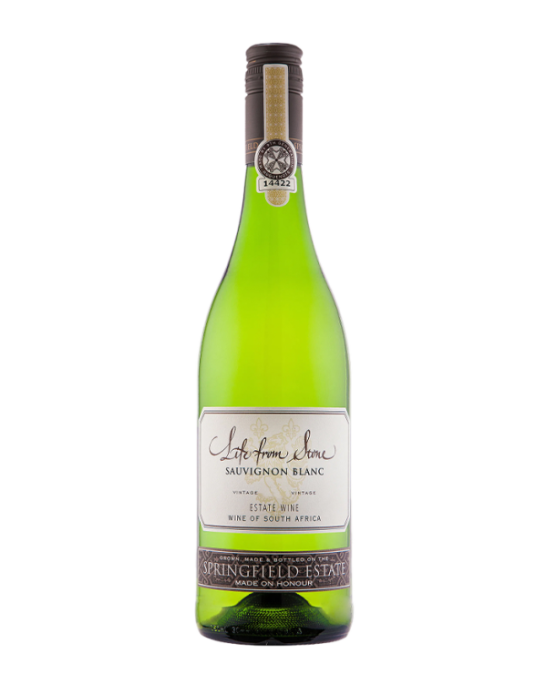
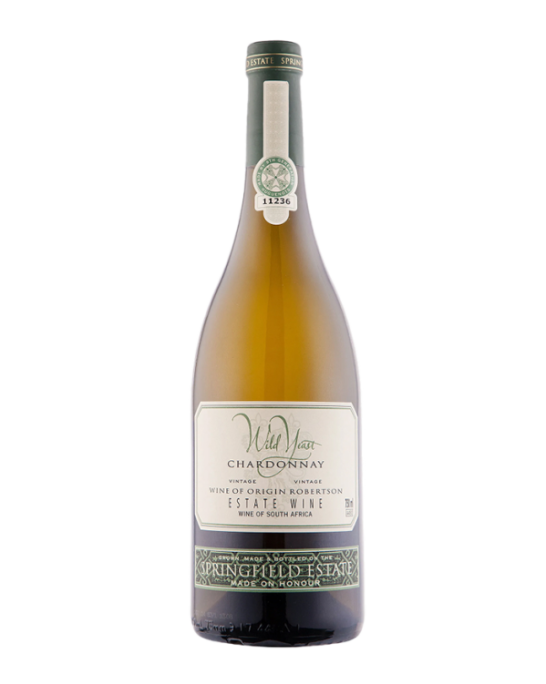
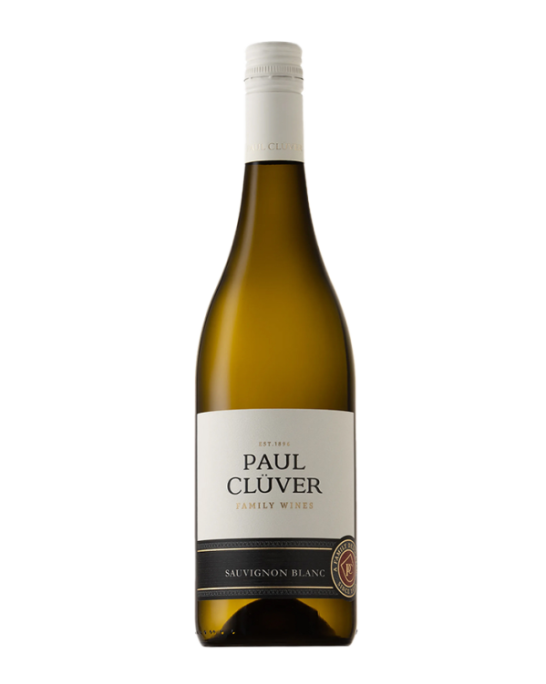
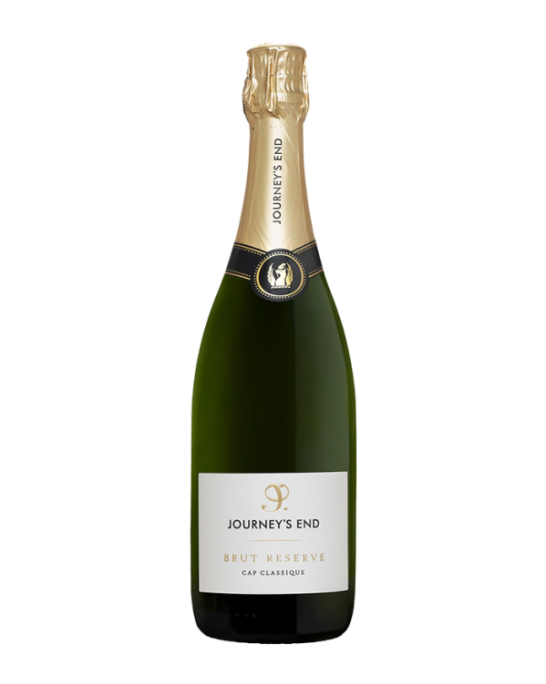
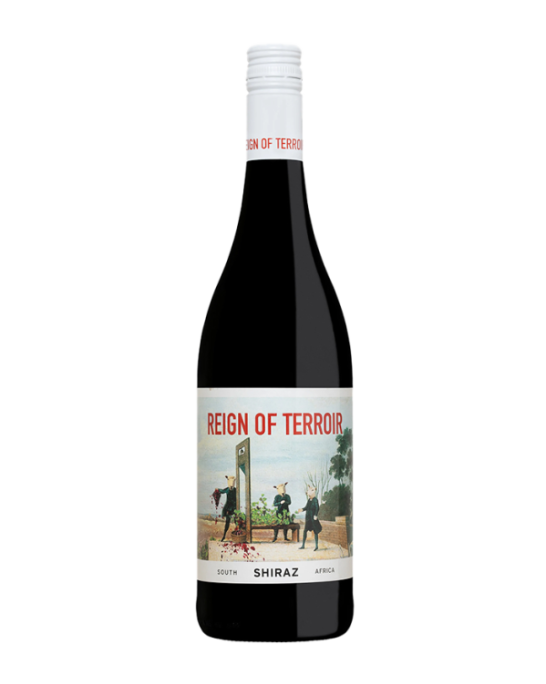
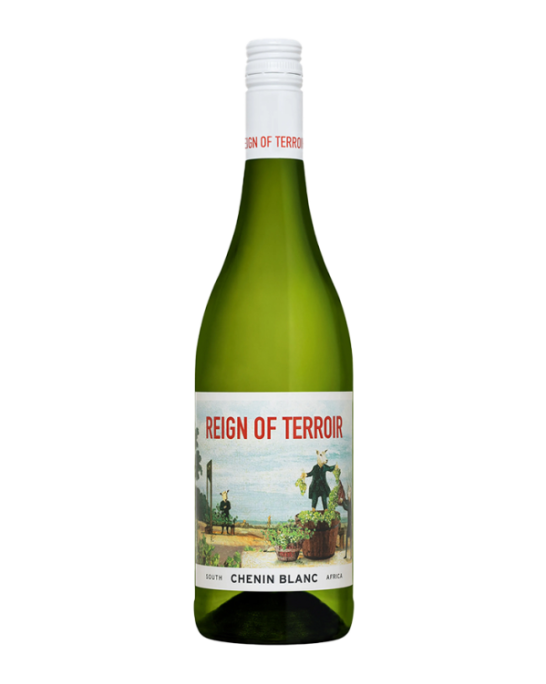
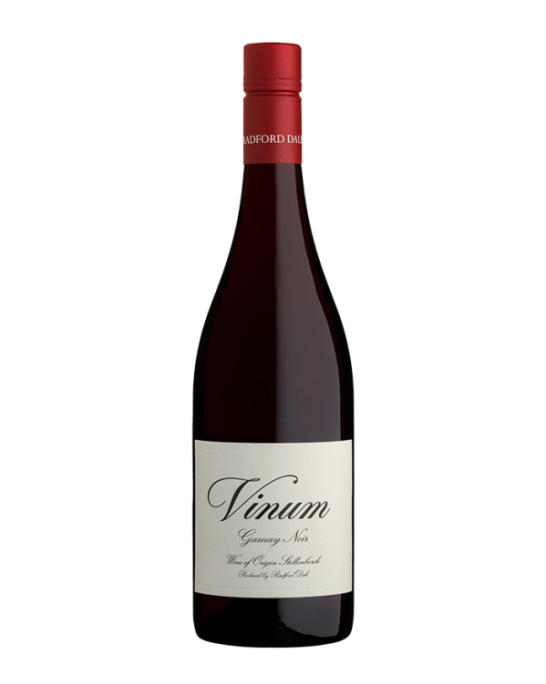
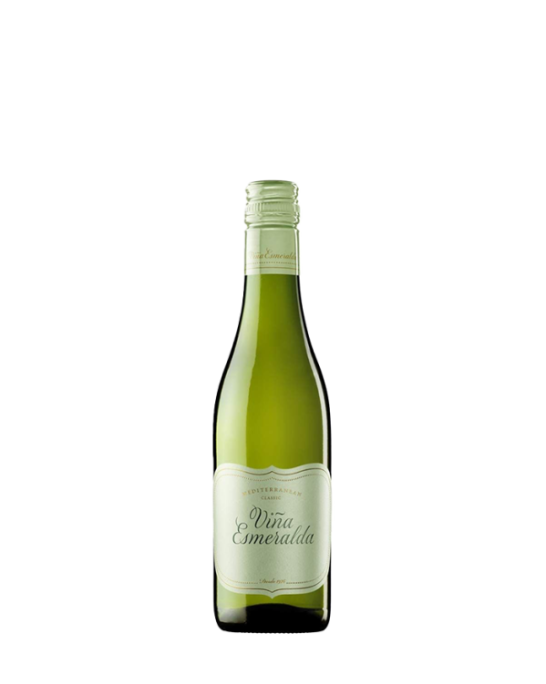
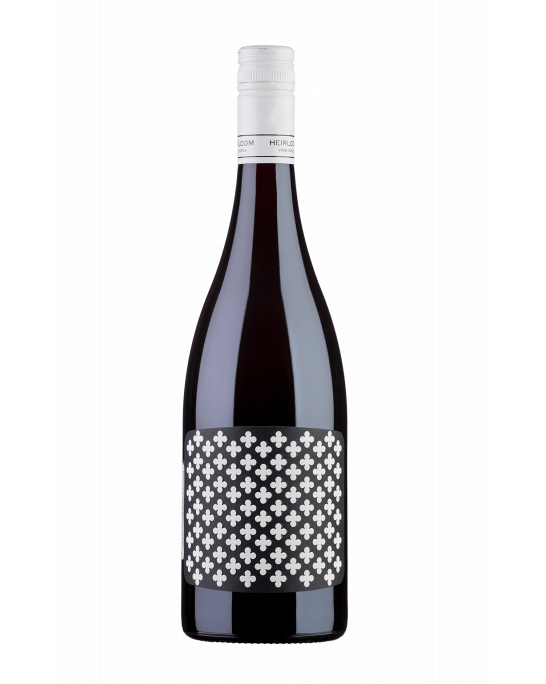
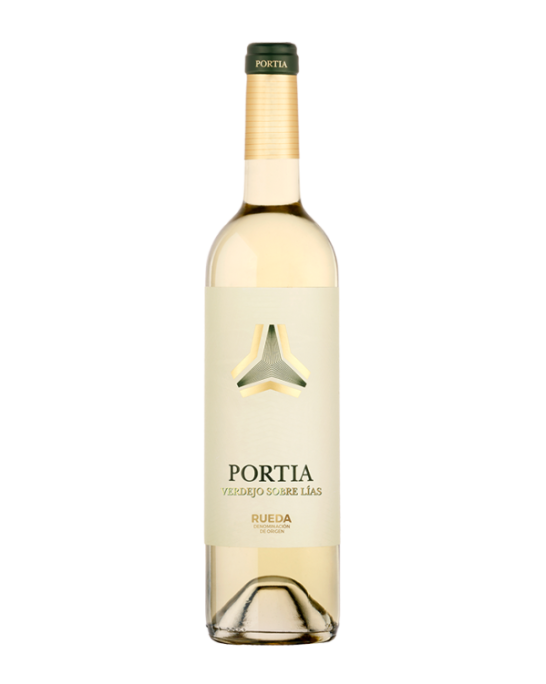
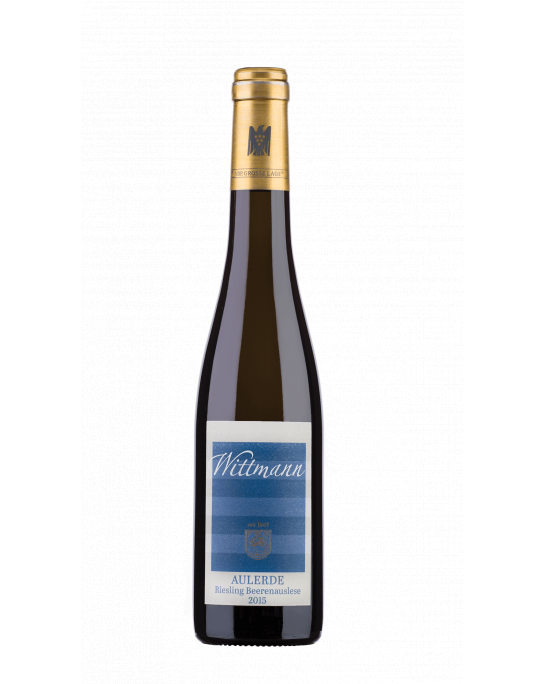
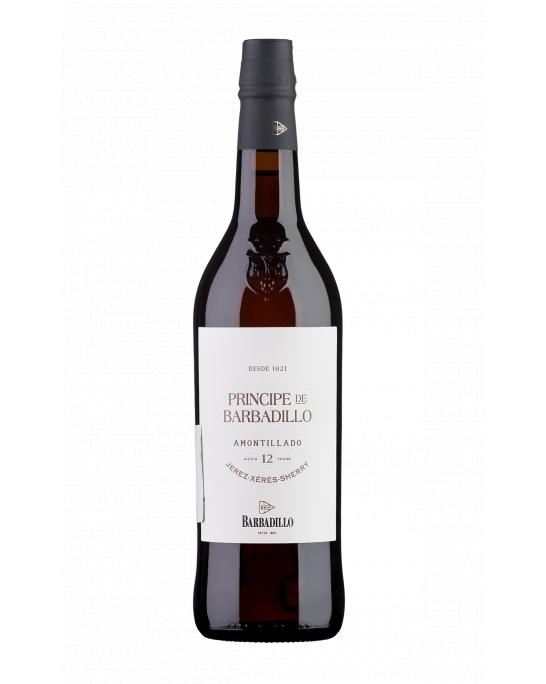
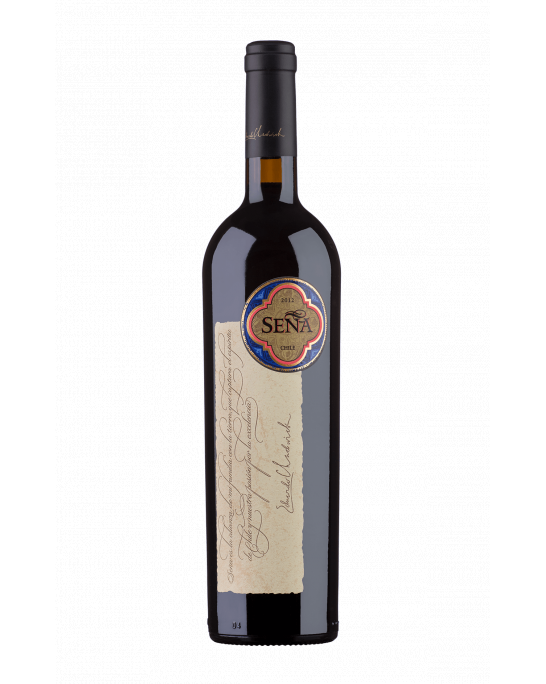
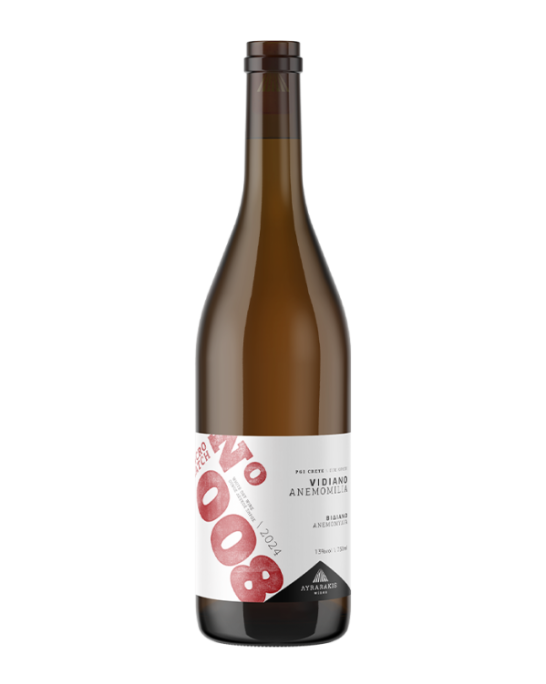
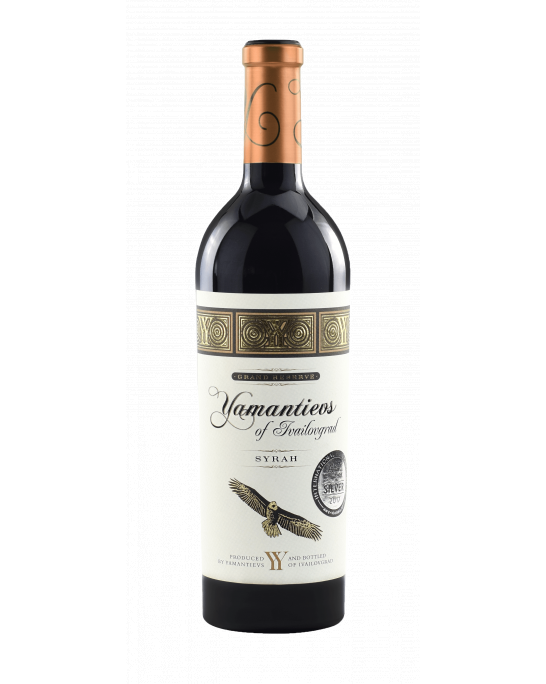
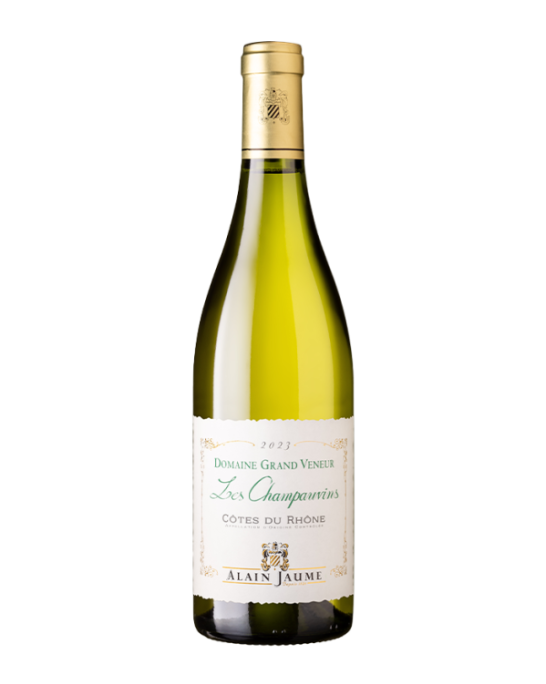
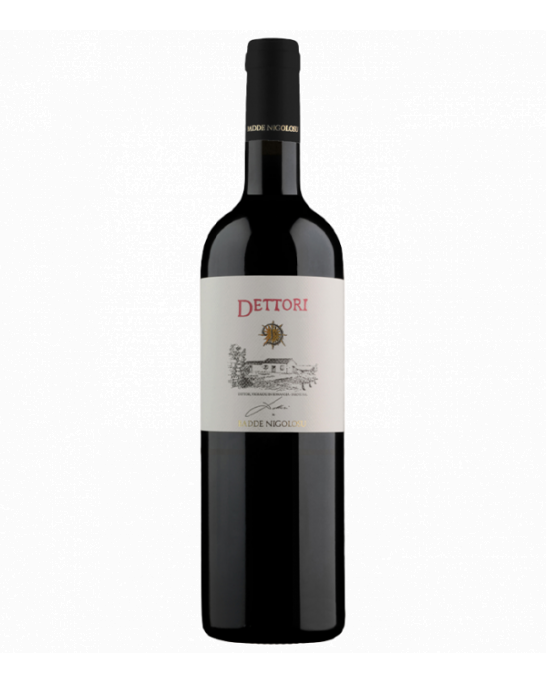
Customer reviews
No reviews available
Be the first to review